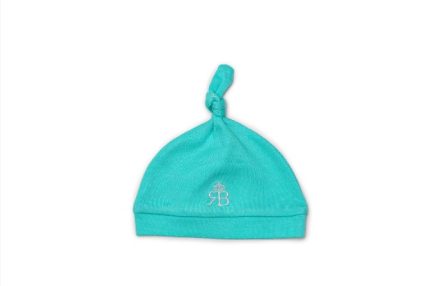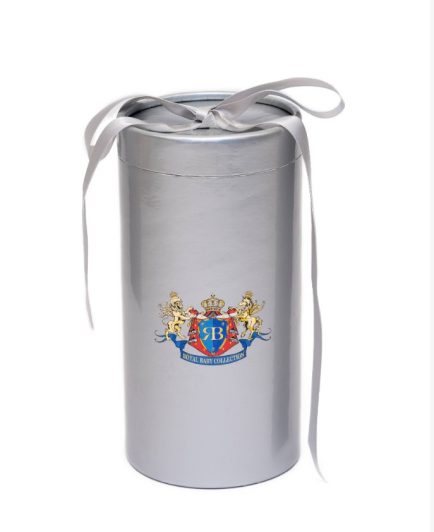Love them or hate them, parents have used dummies, soothers, comforters, or pacifiers for centuries. As the names suggest, parents use them to calm and settle babies and, sometimes, toddlers too.
Babies are soothed by the action of sucking. You may find your baby needs to suck on something for comfort when he’s awake and not feeding. As he gets older and finds other ways to soothe himself, he’ll need to do this less.
Some parents couldn’t get through the day without giving their baby a dummy, whereas other parents strongly disapprove of their use. You may decide you definitely won’t use one, but change your mind when faced with your crying baby.
What sort of dummy or soother is best?
It may be a question of trial and error before you find a dummy that your baby will accept. Some babies refuse to take a dummy at all.
Most dummies come with a silicone or rubber teat, and a plastic or silicone mouth shield and handle. The mouth shield prevents your baby from choking on, or swallowing, the teat. Some brands are all one piece, so there are no joins or cracks that could come apart or harbour germs.
Latex or rubber dummies are softer and more flexible than silicone, but they don’t last as long. Silicone dummies may be easier to keep free from germs than latex dummies.
Orthodontic dummies are flatter than traditional cherry-shaped dummies. They’re shaped to encourage your baby to suck in the same way as when he’s breastfeeding. Orthodontic dummies are thought to have less of an effect on how your baby’s first teeth develop.
When could I start giving my baby a dummy?
The official advice if you’re breastfeeding is to wait until breastfeeding is established and your baby is gaining weight well. This is usually when your baby is about four weeks old.
Then it’s really up to you when and if you use a dummy. Many parents use a dummy during the first six months to help settle their baby to sleep at night, and for naps during the day.
Some parents use a dummy in the first six months because they’ve heard it may help to reduce the risk of sudden infant death syndrome (SIDS). It’s unclear exactly how a dummy helps reduce the risk of SIDSs and experts are still divided on the issue, so more research is needed to be sure.
It’s best if you try to wean your baby off his dummy when he’s between six months and 12 months old. There are disadvantages to letting him have a dummy for longer (see below).
Will using a dummy interfere with breastfeeding?
It may do for some mums and babies. Official guidance is that it’s best not to give your baby a dummy until you’ve established breastfeeding, which is usually by the time your baby is about a month old. Waiting until then means your body has time to establish and maintain your milk supply.
Establishing breastfeeding first helps your baby get fully used to latching on and sucking your breast, which can sometimes take a few weeks.
Dummy use itself may not cause breastfeeding problems. But if you are already struggling with breastfeeding, you may find that you rely more on a dummy.
What are the advantages of using a dummy?
A dummy may soothe your baby or help him settle to sleep.
The act of sucking can relieve pain. For example, it may help your baby if you breastfeed him, or if he sucks on a dummy when he’s having his immunisations.
A dummy may help if your baby is premature. If he’s given a dummy to suck on before feeds, he may adapt more quickly from tube-feeding to bottle-feeding. He may also be calmer and settle more easily before and after his feeds.
Premature babies who are given a dummy also tend to have shorter hospital stays than babies who aren’t given one.
Finally, a recent study has suggested that using a dummy or soother may help mums with postnatal depression to continue breastfeeding for longer.
What are the disadvantages of using a dummy?
Using a dummy for long periods may mean that your baby suffers more frequently from middle ear infections:
Sucking may channel bacteria from your baby’s mouth into the narrow tubes between his ears and throat (Eustachian tubes).
If your baby uses a dummy a lot, it may affect the structure of his mouth, which may mean mucus doesn’t drain as well along his Eustachian tubes.
Limiting the amount of time your baby uses his dummy will guard against ear problems. If you only let him use it to settle himself to sleep, it can make a big difference to the number of ear infections your baby gets.
The longer your baby uses a dummy, the more likely it is to change the way his teeth grow. This can result in an overbite or crossbite, where the top and bottom teeth don’t meet properly. You may notice this if your child uses his dummy beyond two or three years of age. The worst effects are usually seen in children who use a dummy for four years or more.
The same goes for thumb-sucking, though. The Oral Health Foundation recommends parents try to avoid the use of dummies and discourage their baby from sucking his thumb if they can.
If your little one tends to use a dummy all day, it will be harder for him to try to talk to you or make sounds. Being able to do this is important for his speech development, so it’s a good idea to limit using a dummy to when he’s trying to get to sleep, during the day and at night.
Will using a dummy help prevent SIDS?
Some studies have suggested that using a dummy may help to prevent SIDS, but the evidence for this isn’t strong. If you choose to use a dummy for this reason, make sure you only give it to your baby for naps and night-time sleep, and don’t worry if it falls out while your baby is asleep.
Don’t encourage your baby to take a dummy if he doesn’t want one. There are other, proven ways to reduce the risk of SIDS, such as:
- Sleeping in the same room as your baby for the first six months.
- Making sure your baby doesn’t overheat.
- Putting your baby down to sleep on his back.
- Not smoking anywhere near your baby or in your home.
I’ve decided I do want to use a dummy. What else do I need to know?
If you’ve decided to give your baby a dummy, here are a few tips:
- Use an orthodontic or flat dummy. There is some evidence that it may be better for your baby’s developing mouth than a cherry dummy.
- Never use a string or ribbon to attach a dummy to your baby’s clothing or cot. And never tie a dummy round your baby’s face or neck. Both carry a serious risk of strangulation.
- Keep the dummy as clean as possible. Sterilise it as you would any other bottle-feeding teat. Silicone dummies, or dummies that are all one piece, may be easier to keep free of bugs.
- Check dummies regularly. Cracks, splits and holes can trap germs. If you find any problems, buy a new dummy straight away and throw away the damaged dummy.
- Never dip the dummy in sweet foods. Don’t coat your baby’s dummy in foods such as honey or juice to stop him crying. Honey can harm your baby, and sticky, sweet food and drink can cause tooth decay.
- Wean your baby off his dummy between six months and 12 months. It will be easier to do it then, than when he’s older. To avoid your baby developing an overbite or crossbite, it’s best to stop before the age of two years old, and definitely before he’s four years old.
- See what our expert has to say about the dummy vs thumb debate, and discover how to wean your baby off his dummy when it’s time.
Original article: https://www.babycentre.co.uk/a565731/dummies-and-soothers#ixzz5cUv9Yswg































Comments